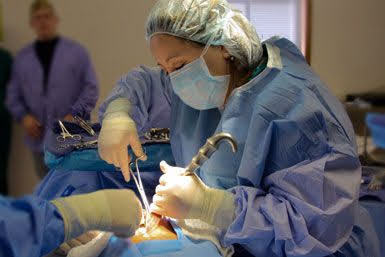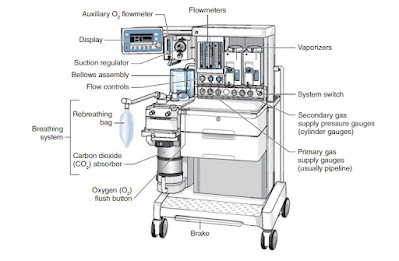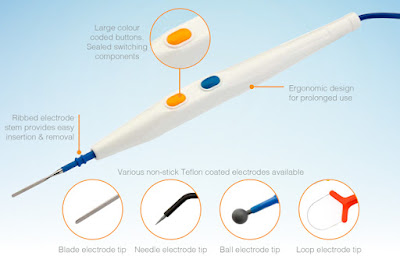Merit and Demerits of Robotic assisted Surgery
Robotic assisted surgery allow a surgeon at a console to operate remote-controlled robotic arms, which may facilitate the performance of procedures. These robotic systems are designed to enhance the surgeon's precision, control, and dexterity, offering potential benefits to both the surgeon and the patient.
1. Robotic System: The surgeon operates from a console equipped with a 3D visualization system and manipulates the robotic arms using hand and foot controls.
2. Enhanced Precision: Robotic systems provide enhanced precision by filtering any hand tremors of the surgeon's movements. The robotic arms translate the surgeon's hand movements into smaller, more precise movements, reducing the risk of human error.
3. Minimally Invasive: Robot-assisted surgery is typically performed using minimally invasive techniques, such as laparoscopy or thoracoscopy. Minimally invasive procedures involve smaller incisions compared to traditional open surgery, resulting in reduced scarring, less pain, and faster recovery for the patient.
4. 3D Visualization: Surgeons using robotic systems benefit from high-definition, 3D visualization of the surgical site. This allows for better depth perception and visualization of tiny anatomical structures, improving surgical accuracy.
5. Telemanipulation: Robotic-assisted surgery can enable telemanipulation, where a surgeon can perform surgery remotely. This has the potential to bring expert surgical care to underserved areas or allow surgeons to operate on patients in different locations without needing to be physically present.
6. Complex Procedures: Robot-assisted surgery is commonly used for complex procedures in various medical specialties, including urology, gynecology, general surgery, thoracic surgery, and colorectal surgery. It has been particularly beneficial in procedures such as prostatectomies, hysterectomies, and colorectal resections.
7. Limitations: While robot-assisted surgery offers many advantages, it also has limitations. The cost of robotic systems can be high, which can limit their accessibility in some healthcare settings. Additionally, the learning curve for surgeons to become proficient in robotic surgery can be steep.
Technical limitations: Robotic surgery relies on precise movements and feedback from the robotic system. However, there may be limitations in certain procedures that require a high degree of tactile feedback or complex maneuvering. The lack of haptic feedback in robotic systems can be a disadvantage in delicate surgical procedures
Dependency on technology: Robot-assisted surgery heavily relies on technology, including robotic systems, software, and infrastructure. In the event of a technical glitch or system failure, the surgery may be interrupted, leading to potential complications and the need to switch to a traditional surgical approach. This dependency on technology can introduce an additional layer of risk and complexity.
Increased procedure time: Initially, robot-assisted surgeries often take longer to perform compared to traditional procedures. The setup and docking of the robotic system, as well as the need for precise instrument manipulation, can extend the overall duration of the surgery. Prolonged procedure times may increase the patient's exposure to anesthesia, increase the risk of complications, and strain healthcare resources.
It's important to note that while these demerits exist, the field of robot-assisted surgery continues to evolve, and ongoing advancements are aimed at addressing these limitations and improving patient outcomes.



